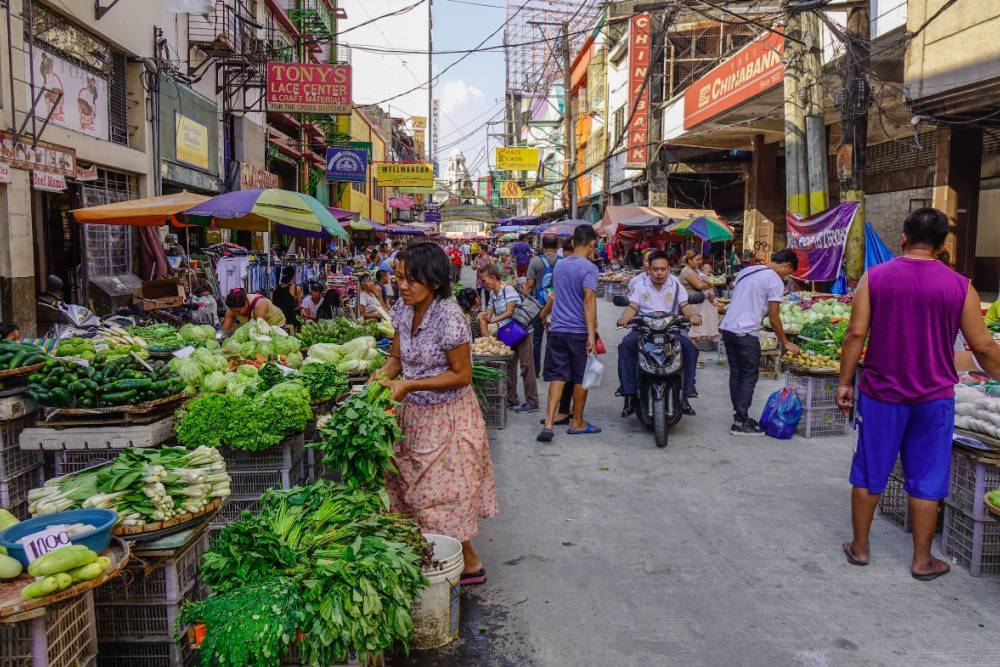Medical Channel Asia presents the weekly Asian medical news bulletin, bringing you essential healthcare news from across the region. This week’s bulletin will look at healthcare improvements in the region.
Thailand
Thailand has reported five cases of a new Omicron subvariant of the coronavirus, dubbed EG.5.1 or XBB.1.9.2.5.1, which is known for its rapid spread but mild symptoms. The Department of Medical Sciences discovered these cases between April and June. According to the department chief, Dr Supakit Sirilak, this subvariant, is part of the larger XBB.1.9.2 Omicron strain, has mutations in spike proteins that increase its transmission speed by 45% compared to XBB.1.16. The EG.5.1 subvariant has been identified in 11 Asian countries and regions around the globe. As of July 4, the dominant strain in Asia remains the XBB.1.16 Omicron subvariant. The World Health Organisation is currently monitoring eight Omicron subvariants, including XBB.1.9.2.5.1.
Philippines
Philippine President Ferdinand R. Marcos Jr. has pledged to improve healthcare quality and accessibility in the country. He discussed the progress made in setting up healthcare facilities nationwide during an inspection of the Clark Multi-Specialty Medical Center (CMSMC). The CMSMC, targeting patients with heart, kidney, cancer, and pediatric ailments, is a part of the government’s health facility enhancement program (HFEP) to increase healthcare accessibility, especially for underserved communities. Marcos emphasised plans to establish more rural healthcare units and community pharmacies. The Department of Health declared the CMSMC a significant step towards advanced medical services and improved healthcare accessibility. The facility’s establishment involved collaborations with various governmental and private sector entities.
Malaysia
Subang Jaya Medical Centre (SJMC), a private tertiary hospital in Malaysia, has launched Connected Care, the country’s first integrated health service. It is a collaboration between Ramsay Health Care Australia and Sime Darby Malaysia. Connected Care aims to transform healthcare delivery and offers services in six areas of care, including home healthcare, senior care, and telemedicine. Other services, including remote monitoring by ICU nurses for at-home patients and post-discharge monitoring, will be launched soon. This service is part of SJMC’s goal to build a comprehensive healthcare system, keeping in line with increasing patient demand for virtual and remote care post-pandemic. SJMC is also collaborating with the Malaysian Research Accelerator for Technology & Innovation as sandbox partners for health technology companies.
Vietnam
Children’s HeartLink, a US non-profit focused on supporting pediatric cardiac care in developing countries, has recognised the Pediatric Cardiac Centre at Children’s Hospital 1 in Ho Chi Minh City, Vietnam, as an Excellent Cardiac Centre. This is the first pediatric cardiac centre in Vietnam to receive this certification. Over the last 15 years, the centre has conducted over 5,100 open-heart surgeries and 7,100 cardiac interventions, with a survival rate of 98%. This has led to a significant decrease in mortality rate, from 4.9% in 2007 to 0.4% in 2021. The hospital has also trained and transferred cardiac surgical techniques to other countries. With this recognition, the hospital aims to become a leading pediatric cardiac centre in Southeast Asia.
Singapore
Singapore’s Health Minister, Ong Ye Kung, has said that personal health plans under the country’s preventive care strategy will become more personalised with the use of health tracking apps. Ong also highlighted the potential of precision public health, which uses data to improve health interventions at a population level. He mentioned the SG100K research programme that will sequence and analyse genomes of 100,000 Singaporeans for better disease prediction and prevention. Additionally, he mentioned the Healthier SG programme as a platform for adopting such healthcare innovations.
Indonesia
The World Health Organisation South-East Asia Region has praised member countries, including Indonesia, for returning childhood immunisation coverage to pre-pandemic levels. However, it emphasised the need to further intensify efforts to reach 2.3 million unvaccinated and 650,000 partially vaccinated children. Subsequently, in 2022, the region’s DPT3 coverage rate (third dose of diphtheria, pertussis, and tetanus vaccines) rebounded to pre-pandemic levels of 91%, a significant increase from 82% in 2021. Previously, the number of children not vaccinated with the first dose of DPT decreased. It went from 4.6 million in 2021 to 2.3 million in 2022. Similarly, the number of partially vaccinated children dropped by 50%, from 1.3 million to 650,000. Notably, Indonesia’s DPT3 coverage rebounded to 85%, matching 2019 levels, representing a substantial recovery from 67% in 2021.

